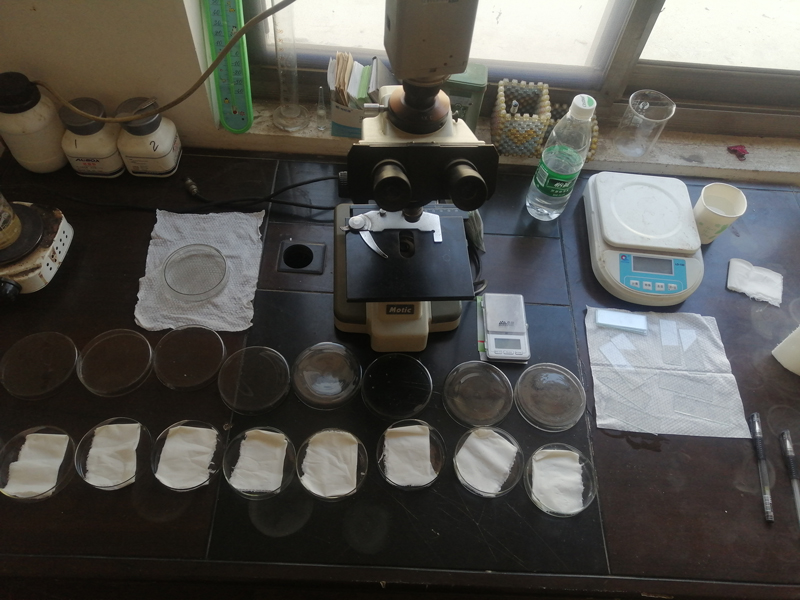Aug . 13, 2024 20:47 Back to list
Using Pear Pollen for Optimal Crop Yields in Sustainable Agricultural Practices Today
Harnessing the Power of Pear Pollen for a Bountiful Harvest
In the world of agriculture, the quest for improving crop yields and enhancing fruit quality is a continual pursuit. One innovative approach that has gained attention in recent years is the use of pear pollen, specifically from the pear tree (Pyrus), to cultivate a successful harvest. This technique not only improves the chances of pollination but also enhances the overall health and productivity of the pear trees, leading to a more abundant and high-quality yield.
Pollination is a critical process in the reproductive cycle of flowering plants. It involves the transfer of pollen from the male anthers of a flower to the female stigma. For pear trees, successful pollination is vital for fruit set, as many varieties are not self-pollinating and require pollen from a compatible tree to produce fruit. This is where the use of pear pollen comes into play.
Harnessing the Power of Pear Pollen for a Bountiful Harvest
The process of using pear pollen for pollination involves careful timing and techniques. Farmers typically collect the pollen during the peak flowering season when the flowers are fully open and the pollen is most viable. This can be done either by hand or using mechanical devices designed for pollen collection. Once collected, the pollen must be properly stored and handled to maintain its viability until it is applied to the receptive flowers.
odm use pear pollen to get a good harvest

There are various methods of applying pear pollen to enhance pollination. One common technique is to use a fine brush or applicator to gently dust the pollen onto the stigma of the pear flowers. This method ensures that the pollen comes into direct contact with the receptive parts of the flower, increasing the likelihood of successful fertilization. Additionally, some farmers use aerial application methods to cover larger areas more efficiently, especially for extensive orchards.
Moreover, the use of pear pollen can foster biodiversity in orchards. By introducing a variety of pear pollen sources, such as different cultivars, farmers can encourage cross-pollination, which can lead to genetic diversity and improved disease resistance. This diversity not only benefits the fruit but also contributes to a more resilient ecosystem within the orchard.
The economic benefits of utilizing pear pollen are substantial. Increased yields and higher-quality fruit translate into better market opportunities and potentially higher prices. Farmers can enjoy a more profitable harvest, which can help sustain their livelihoods and support the local economy. Furthermore, as consumers increasingly demand organic and sustainably sourced produce, utilizing natural pollination methods like pear pollen aligns with these preferences.
In conclusion, the use of pear pollen in agriculture represents a promising method for achieving a superior harvest. By enhancing pollination rates, improving fruit quality, and fostering biodiversity, this technique offers a sustainable solution to the challenges faced by pear growers. As research in this field continues to evolve, it is likely that more farmers will adopt the use of pear pollen, leading to a future of abundant, delicious pears and thriving agricultural practices. Embracing such innovative techniques not only secures a better yield but also contributes to a more sustainable and productive agricultural landscape.
-
Artificial Pollination Solutions for Pear Trees Auxiliary Pollination Services & Pricelist
NewsJun.10,2025
-
Bagging Paper Bag for Fruit - Wholesale Suppliers & Manufacturers for Fruit Factories
NewsJun.10,2025
-
Premium Apple Birch Tree Pollen Suppliers Quality Exporters
NewsJun.09,2025
-
Lorado Pollen Suppliers Pure Apricot Flower Pollen Collection
NewsJun.09,2025
-
Premium Mulberry Pollen Natural Source for Bee Health & Nutrition
NewsJun.09,2025
-
Optimize Cross Pollination Functions Top Manufacturers & Suppliers
NewsJun.09,2025